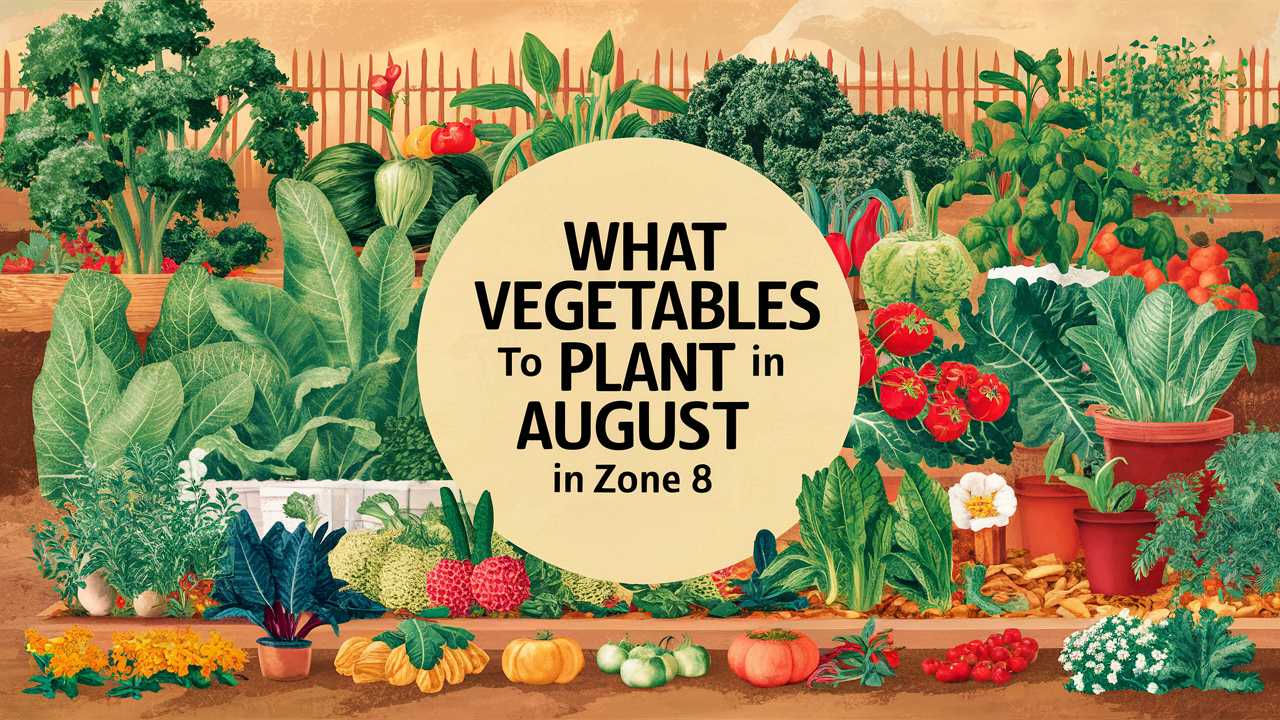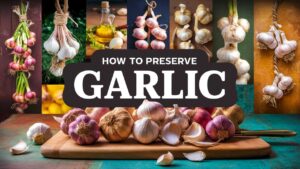This guide will explore both vegetables and herbs ideal for planting in August, providing detailed information on each plant’s temperature tolerance, planting dates, and growing tips.
Vegetables To Plant
Leafy Greens (Lettuce, Spinach, Kale)
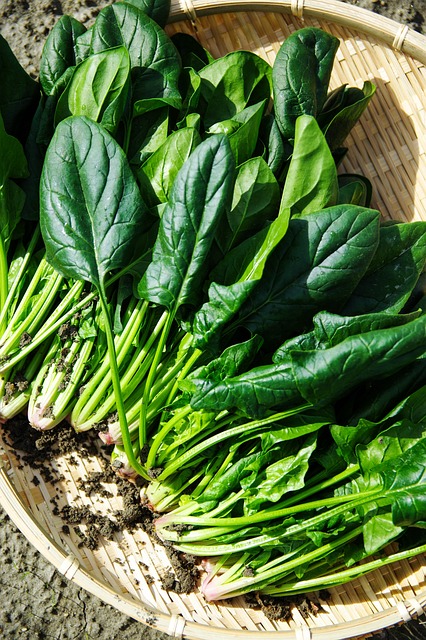
Leafy greens thrive in cooler weather, making them perfect candidates for planting in August. They’ll flourish as summer’s heat fades, typically germinating quickly and allowing for multiple harvests within a shorter window.
Temperature Tolerance: These greens can generally withstand temperatures as low as 20°F when mature, though seedlings may be less hardy.
Planting Dates: Plant seeds 4 to 6 weeks before the first frost date, which in Zone 8, is usually around late October to early November.
Growing Tips: Provide partial shade during the hottest part of the summer. They grow best in fertile, well-drained soil. Regularly harvesting the leaves encourages further growth.
Radishes
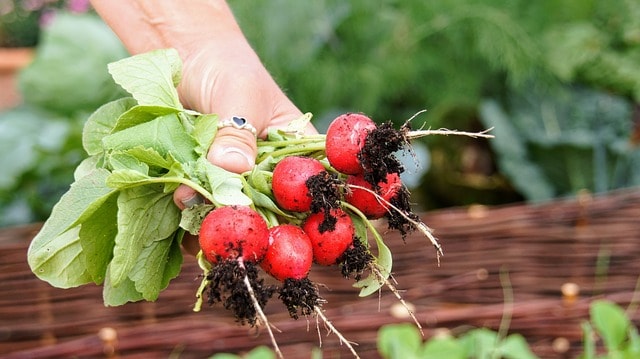
Radishes are among the fastest-growing vegetables, making them perfect for late summer planting. They can mature in as little as three to four weeks, allowing for quick returns.
Temperature Tolerance: Radishes prefer temperatures between 50°F and 75°F. They can tolerate a light frost, which only enhances their flavor.
Planting Dates: In Zone 8, sow radish seeds directly in mid-August for a fall harvest.
Growing Tips: Thin the plants early to prevent overcrowding, which can lead to smaller roots. They do well in rich, loamy soil with good drainage. Consider growing a variety of radishes for diverse flavors and colors.
Carrots
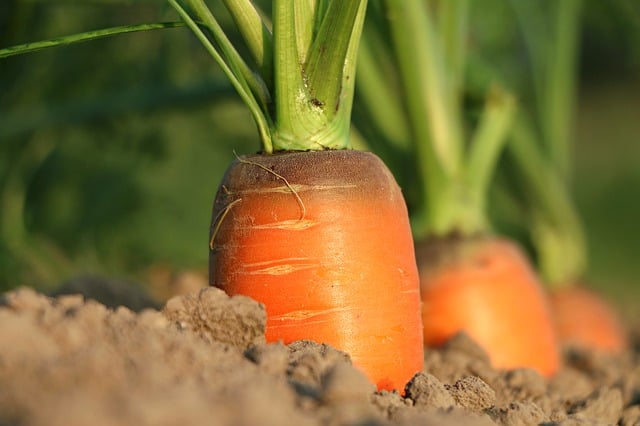
Carrots can be sown in August, taking advantage of the cooler weather as they mature. They can continue to grow well into the fall, producing sweet roots as the temperatures drop.
Temperature Tolerance: Carrots prefer temperatures around 60°F to 70°F but can withstand cooler conditions as they mature.
Planting Dates: Plant carrot seeds from mid to late August, giving them at least 70 days to mature.
Growing Tips: Choose a loose, sandy soil free from stones to allow for straight, healthy roots. Regular watering is essential to prevent cracking and ensure even growth. Mulching can help retain soil moisture.
Beets
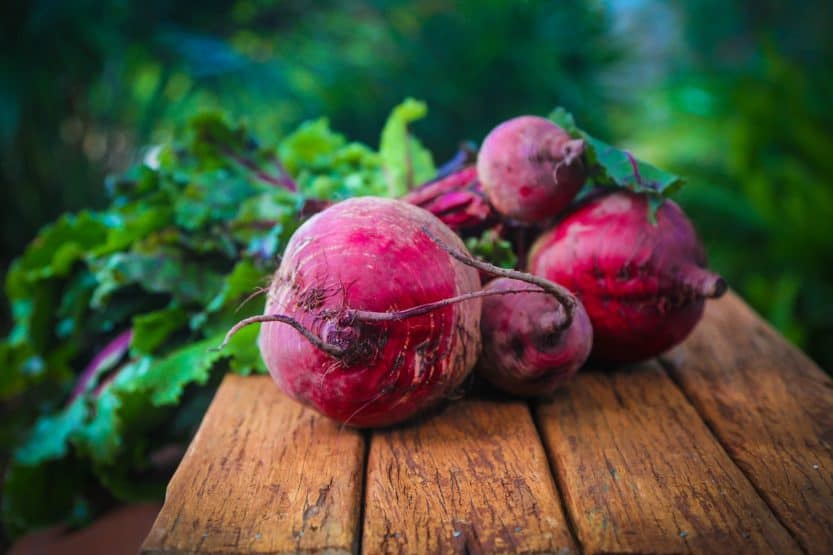
Beets are another versatile vegetable to plant in August. With their ability to thrive in cooler temperatures, they can be harvested as both roots and greens.
Temperature Tolerance: Beets prefer temperatures between 50°F and 70°F, and their flavor intensifies with cooler weather.
Planting Dates: Sow beets in mid-August for a fall crop, preferably at least 8 to 10 weeks before the first expected frost.
Growing Tips: Beet seeds are actually clusters of seeds, meaning thinning is crucial to provide enough space for each beet. They enjoy well-drained, fertile soil and regular watering.
Broccoli
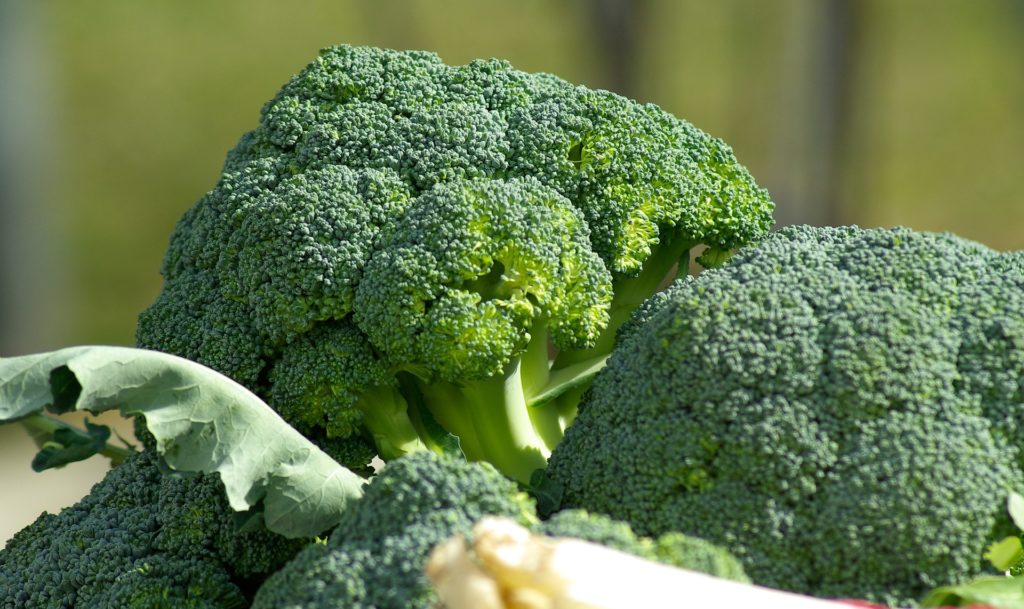
Broccoli is an excellent fall vegetable that can be started from seed or transplants in August. Its preference for cooler temperatures makes it suit Zone 8 perfectly.
Temperature Tolerance: Ideal growing temperatures range from 60°F to 70°F; it can tolerate frost once established.
Planting Dates: Start planting seedlings indoors in July and transplant them outdoors in mid-August.
Growing Tips: Choose a sunny spot with rich soil. Fertilize regularly, and keep the soil consistently moist. Broccoli is also susceptible to pests, so consider using row covers to protect young plants.
Cauliflower
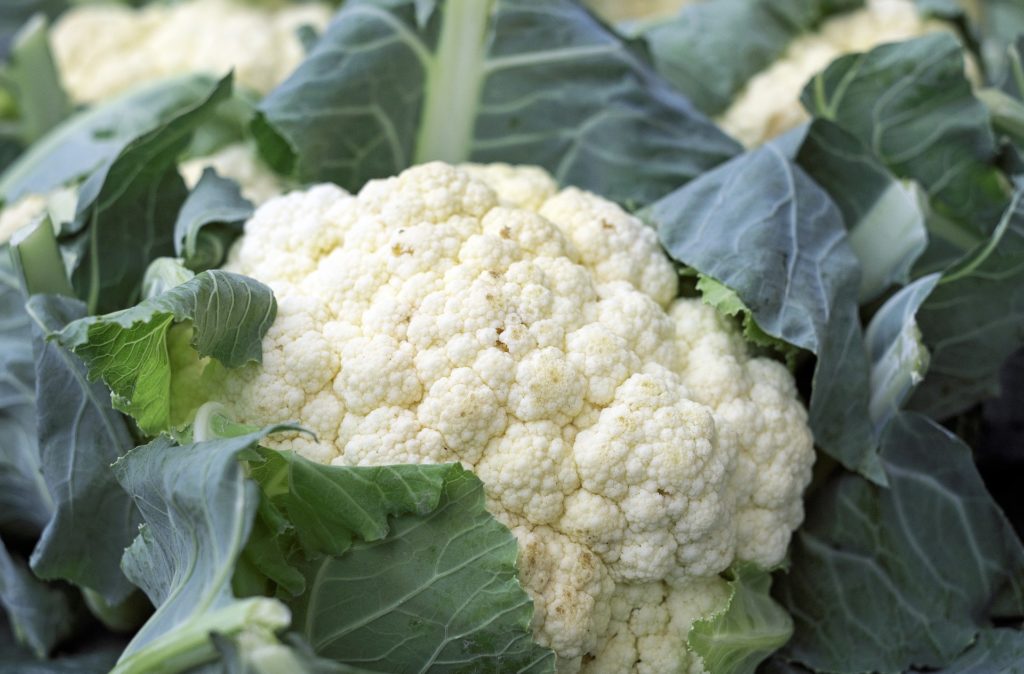
Similar to broccoli, cauliflower can also be planted in August for a late fall harvest. It thrives in cooler weather, which prevents it from bolting.
Temperature Tolerance: Optimally grows in 60°F to 70°F temperatures and can handle light frost.
Planting Dates: Transplant seedlings started indoors in mid-August for a fall harvest.
Growing Tips: Cauliflower requires consistent watering and nutrient-rich soil. To ensure a white head, shade developing heads from direct sunlight.
Peas
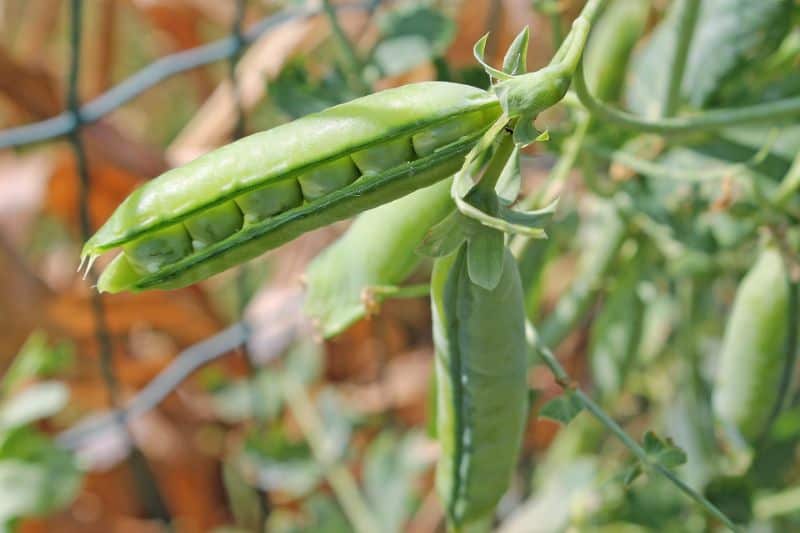
Planting peas in August is less common but can yield a good harvest if done right. In Zone 8, you can opt for fall crops of sugar snap peas or snow peas.
Temperature Tolerance: Peas prefer cooler conditions and can tolerate light frost, thriving in temperatures from 50°F to 70°F.
Planting Dates: August is ideal for direct sowing in the latter part of the month.
Growing Tips: Provide support as peas grow; they are climbers and benefit from trellises. Ensure they have well-drained soil and regular watering.
Turnips
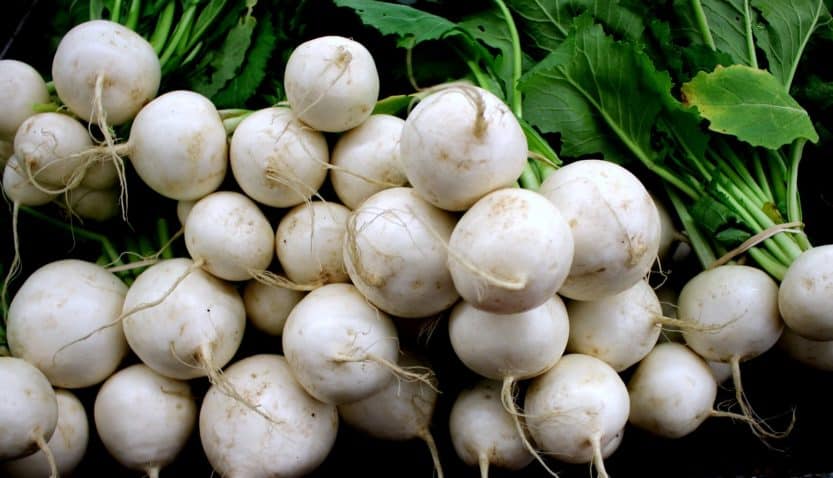
Turnips are another root vegetable well-suited for late summer planting. They can be harvested young as greens or left to mature for their roots.
Temperature Tolerance: Ideal temperatures for growth are between 50°F and 75°F.
Planting Dates: Successful planting can be done in mid-August to maximize the growth period before frost.
Growing Tips: Turnips prefer fertile soil and adequate moisture. Thin the seedlings to prevent overcrowding, which can lead to smaller roots.
Swiss Chard
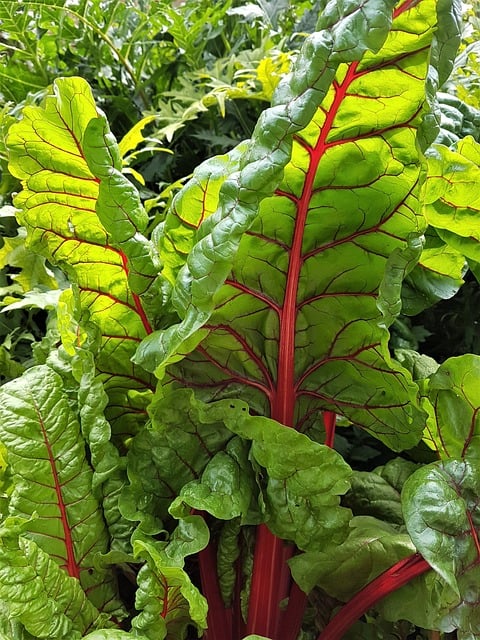
Swiss chard is a resilient leafy vegetable that can endure cooler temperatures, making it a favorable option for an August planting.
Temperature Tolerance: Swiss chard grows well in temperatures ranging from 50°F to 75°F.
Planting Dates: Seeds can be sown directly into the soil in mid-August for a fall harvest.
Growing Tips: It can tolerate poor soil but thrives in well-drained, nutrient-rich conditions. Frequent harvests of outer leaves promote continuous growth.
Kohlrabi
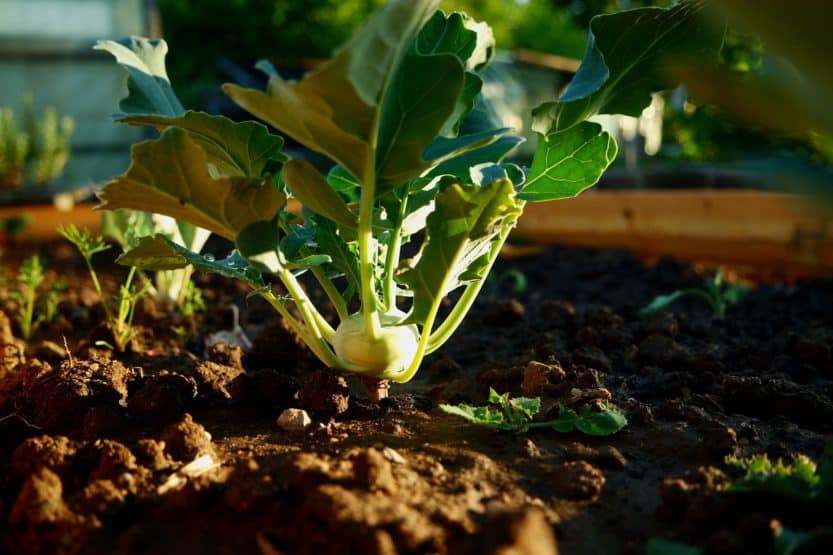
Kohlrabi is an unusual and often underappreciated vegetable that produces large edible stems above the ground. It is a unique addition to the garden.
Temperature Tolerance: Thrives best in temperatures between 50°F and 65°F.
Planting Dates: Seeds should be sown in early August for a successful fall harvest.
Growing Tips: Kohlrabi requires regular watering and full sun to develop properly. It is also quite resistant to pests.
Herbs To Plant
Herbs not only enhance your culinary creations but also offer aesthetic value and resilience in the garden. Planting herbs in August can extend your harvest into the fall, providing fresh flavors for all your dishes.
Basil
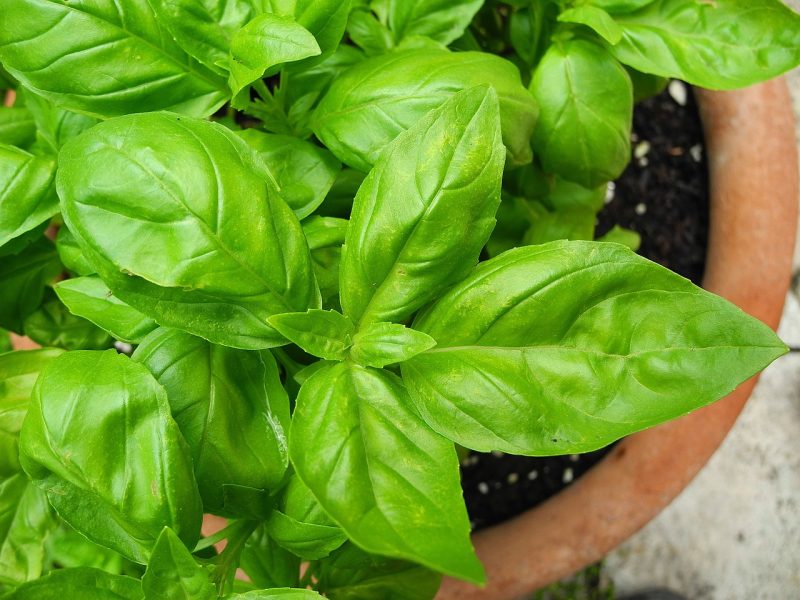
Basil often shines in warm weather but can still be planted in August for a later harvest, especially in the early part of the month. However, it’s important to monitor the temperature closely.
Temperature Tolerance: Basil does best in warm temperatures, ideally between 70°F and 90°F but it will struggle as nights grow cooler.
Planting Dates: Plant during the first half of August as these plants are sensitive to the cold.
Growing Tips: Basil loves full sun and rich soil. Pinch off flowering heads to encourage bushier growth. Use row covers if cooler nights threaten the plants.
Cilantro
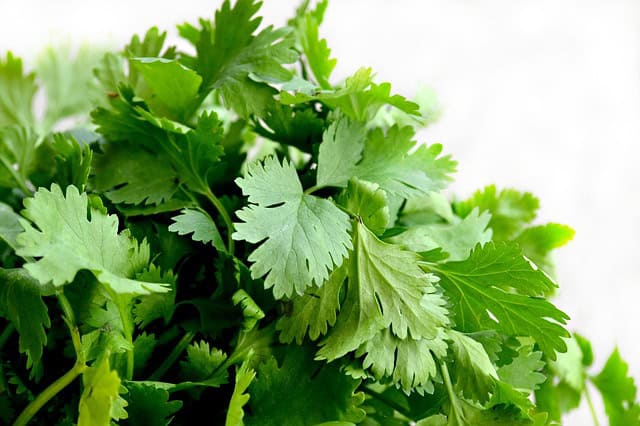
Cilantro is a cool-season herb that actually prefers growing in the fall, making it perfect for August planting.
Temperature Tolerance: It thrives in temperatures between 50°F and 75°F.
Planting Dates: In Zone 8, cilantro can be planted directly in the garden throughout August.
Growing Tips: Requires well-drained soil and moderate watering. To ensure a prolonged harvest, consider successive sowings every few weeks.
Dill
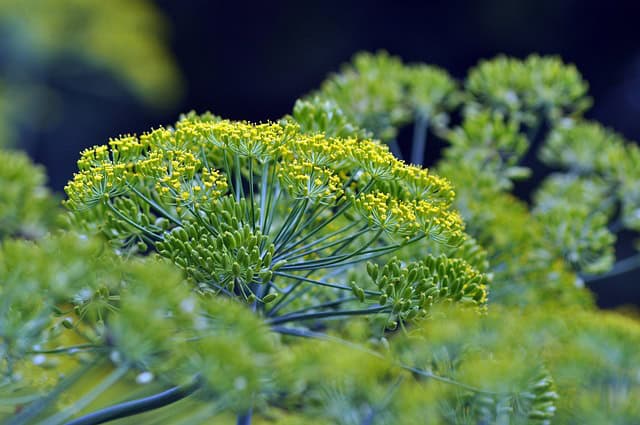
Dill is another herb that appreciates the cool temperatures of fall. Its seeds can be sown in August for later harvesting.
Temperature Tolerance: It thrives in 60°F to 70°F and struggles with heat.
Planting Dates: Mid-August is ideal for direct sowing.
Growing Tips: Dill prefers sunny locations and well-drained, nutrient-rich soil. It can self-seed, leading to new plants for future years.
Chives
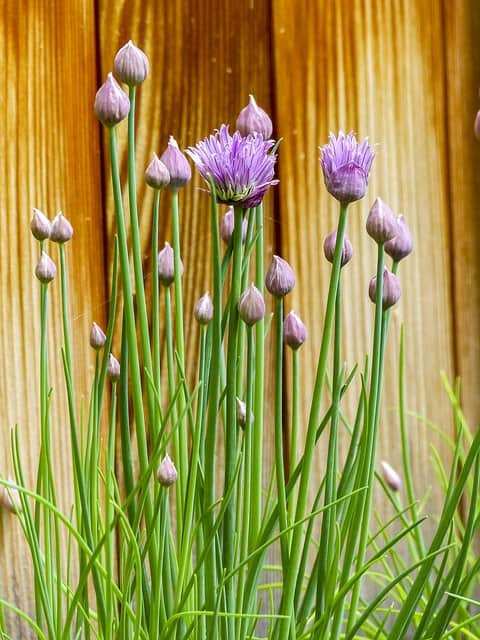
Chives are a hardy perennial herb that can tolerate cooler weather well, making them an excellent choice for August planting.
Temperature Tolerance: Chives can withstand temperatures down to about 40°F.
Planting Dates: August is an excellent time to sow chive seeds as they can spread and flourish through the fall.
Growing Tips: They grow best in full sun and well-drained soil. Regular harvesting encourages new growth and can be used in salads and cooking.
Oregano
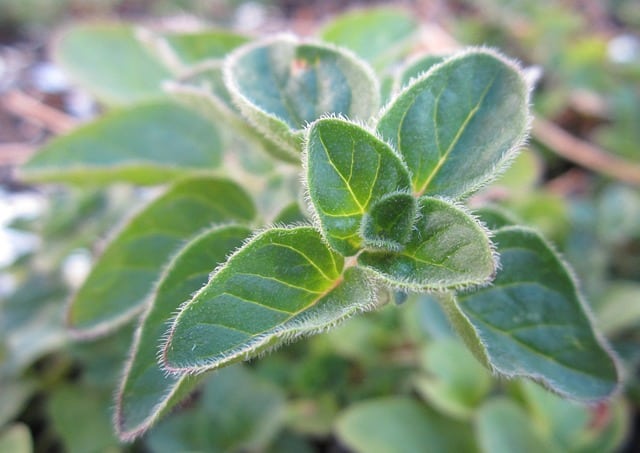
Oregano, particularly Mediterranean varieties, can be planted in late summer and will thrive through the fall.
Temperature Tolerance: It prefers temperatures between 60°F and 80°F and should be harvested before frost sets in.
Planting Dates: Plant in the first half of August for the best yield.
Growing Tips: Oregano requires well-drained soil and full sun. Once established, it’s drought tolerant, making it an ideal herb for low-maintenance gardens.
Thyme
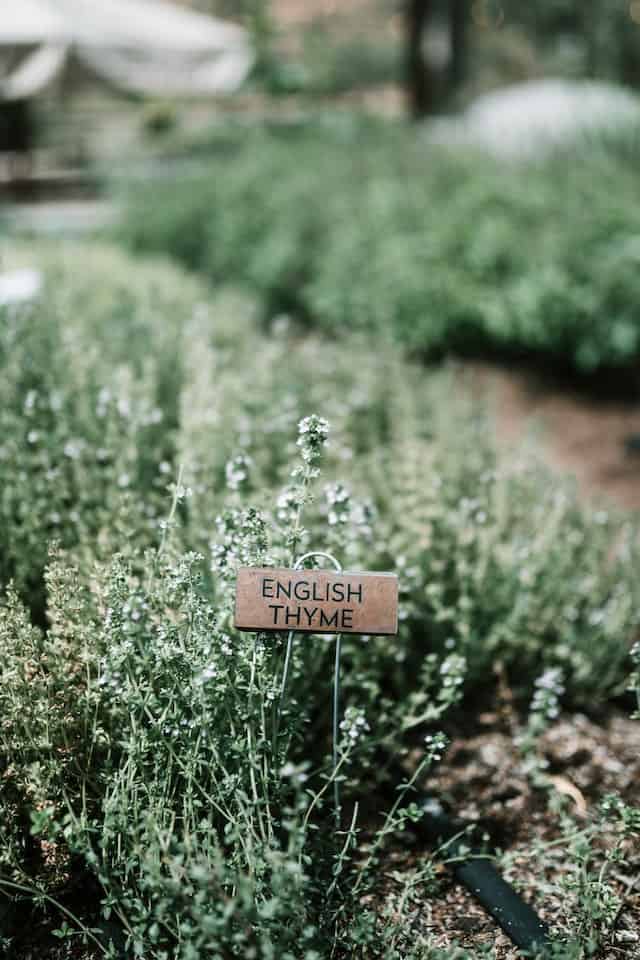
Thyme is another versatile herb that can be planted in August. It is known for its resilience and ability to thrive in various conditions.
Temperature Tolerance: Thrives in temperatures ranging from 60°F to 75°F.
Planting Dates: Mid-August is suitable for planting thyme seeds or seedlings.
Growing Tips: Thyme enjoys well-drained soil and full sunlight. It’s remarkably pest-resistant and requires minimal watering once established.
Parsley
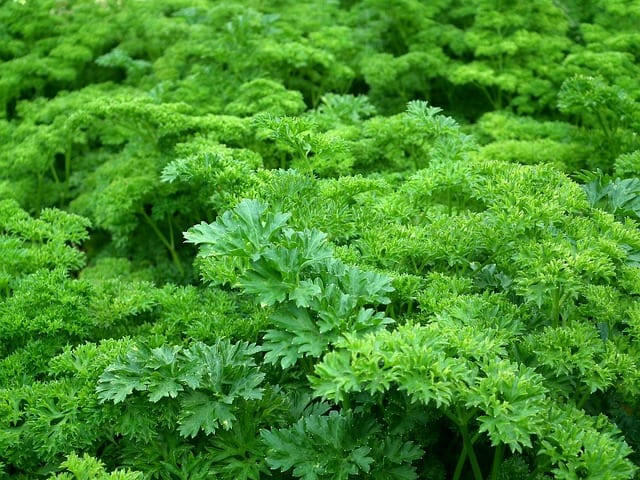
Parsley is a biennial herb often used as a garnish, but it can also provide flavor to various dishes. It is very adaptable to cooler conditions.
Temperature Tolerance: Enjoys cooler weather with ideal temperatures between 55°F and 75°F.
Planting Dates: Sow seeds directly in the garden in mid to late August for a fall harvest.
Growing Tips: Parsley prefers rich, well-drained soil with regular moisture. Cutting the leaves encourages bushier growth.
Mint
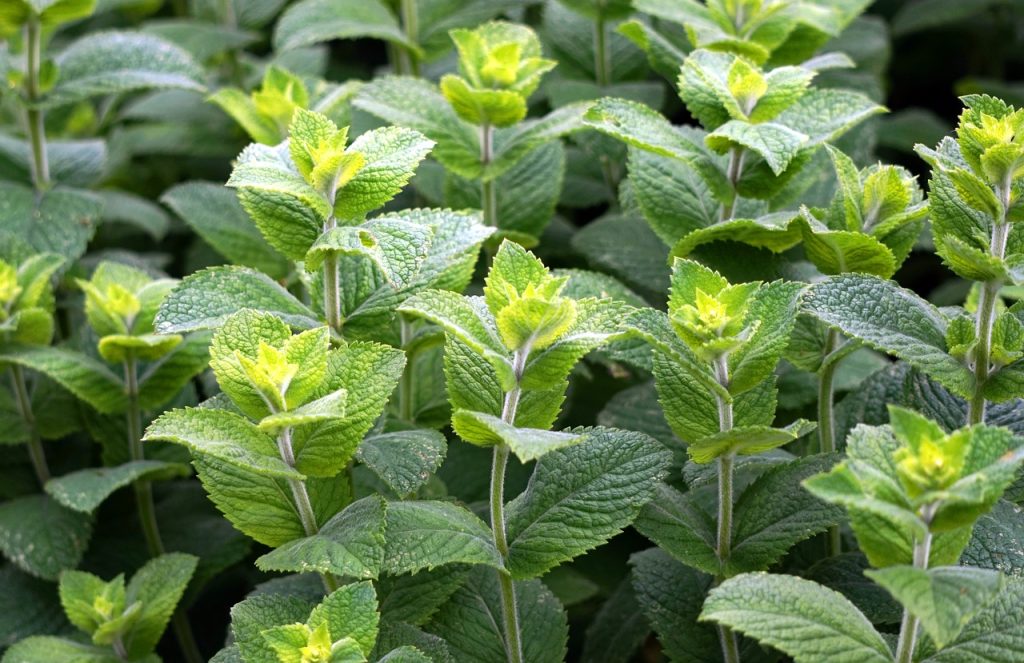
Mint is a hardy perennial that can thrive under various growing conditions. Planting it in August ensures fresh foliage for cooking and drinks.
Temperature Tolerance: Mint prefers cooler conditions but can grow well in temperatures up to 80°F.
Planting Dates: Mid-August is a fine time to plant mint, although some regions might require starting indoors.
Growing Tips: Mint can be invasive, so consider planting it in containers. It grows best in moist, well-drained soil and partial shade.
Fennel
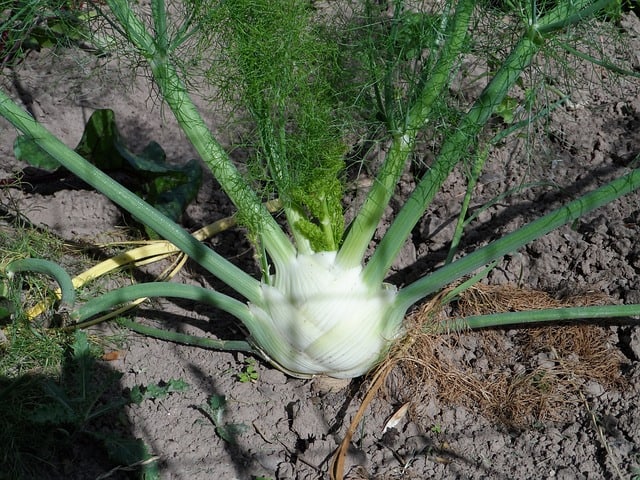
Fennel, with its distinct flavor, can be planted in late summer and harvested throughout the fall. Its bulb and fronds are both edible.
Temperature Tolerance: Grows best between 60°F and 70°F.
Planting Dates: Fennel seeds should be sown in early to mid-August.
Growing Tips: Fennel prefers well-drained soil and full sun. It may require support as it grows taller.
Tarragon
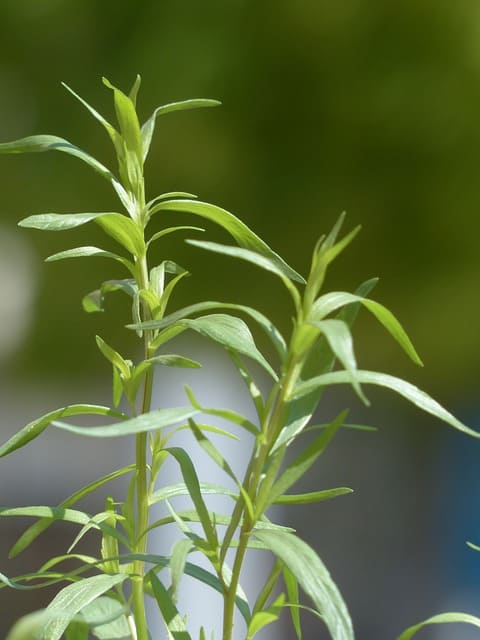
Tarragon is a perennial herb often used to flavor dishes. It does well in cooler temperatures and can be harvested throughout the fall.
Temperature Tolerance: Optimal growth occurs between 60°F and 75°F.
Planting Dates: Mid-August is a good time to sow.
Growing Tips: Tarragon thrives in well-drained soil and full sun. It’s relatively drought-resistant and benefits from periodic pruning.


